January 3, 2018
2018 is upon us. I have never been one for big New Year resolutions. I am most reflective around the High Holidays in the fall and use that as a point to reset. However, there is something about a new month and a new calendar year that calls for reflection and resolution. Likely growing up in a secular world and the influences of media — print, tv and social — make it hard to avoid resolutions at this time of year. My Twitter feed has been abuzz with blog posts about resolutions. The two that have struck me most are those about reading resolutions, written by educators thinking about how to make 2018 a better year of reading and learning for themselves and for their students.
Before I had children I read a lot. I often remember vacations and certain moments in my life based on the books I read. As a teenager, I commuted to school on the TTC; those were some of my best reading years. But the years of my early professional life and early motherhood made reading hard. Both the time and the mental capacity seemed to not be there. About 5 years ago, I discovered audiobooks, which made a big difference in my life. My driving time became much more enjoyable and productive and I could once again engage in conversations about books I had “read”. In the past 6 months, I have found the time and the space to read books again, and I am loving it. I want to ensure it continues to be a part of my daily life, and so I will use this fresh new year as a chance to make some reading resolutions.
My goal is to read 52 books this year. I am going to track them so I can measure my progress. I want my books to be a variety of fiction and non-fiction. I want to read Jewish themes and non-Jewish themes and read about education and leadership. I welcome book recommendations and suggestions and gentle check-ins about how my reading is going. I wonder where magazines, blogs and podcasts fit into this — but for now I am going to stick to traditional books. I’ll try to figure out new media by 2019 — stay tuned!
I have been struck at Paul Penna DJDS by how much reading our students do. So many of our students always have a book in their hand or on their desk. However, I think we can use reading resolutions as a way to stretch our readers even more. What is a reading resolution that a child might make, or a family might make, that can create a meaningful and special reading experience? Below, I have listed 6 possible reading resolutions that are child appropriate. I encourage you to think about them and how you might incorporate them into your family life. I know I am going to try to have my kids each make two reading resolutions – just as I did – as we know modeling reading behaviour is so important to raising readers.
- Measure reading — set a goal about how much or how many. Reading can be measured in books, pages or time. Goals can shift and change as readers get more confident about their reading.
- Set times for book discussions — talk about the books you are reading with friends, teachers and parents. Ask others about what they are reading and share the stories and knowledge you have gained.
- Recommend books — tell others what you have read and what you have loved. You can do this is as a casual conversation, a classroom book talk, a family book meeting or on a blog. There are so many ways to share your thoughts.
- Read books others recommend. This might take you outside of your own reading comfort zone — both with genre/interest and with reading level –but making safe stretches often grows your thinking.
- Take a regular trip to the library. The public library is a gem in our city. It houses a collection of books for every reader. As our school library grows, the opportunity to use our collection will become a reality for all of us. Make a resolution to visit a library every two or three weeks — and always remember to bring your books back on time!
- Read as a family – continue with read alouds, family chosen audio books and family reading time. Doing something you love with people you love often makes it that much better.
This is a start to a list of reading resolutions our students can make. As you and their teachers engage in conversation, I am curious and excited to see what they come up with as their reading resolution.
As the great Dr, Seuss said:
“The more that you read, the more things you will know. The more that you learn, the more places you’ll go.”
So let’s work together to model reading, talk about reading and give our students the opportunity to get lost inside great books.



